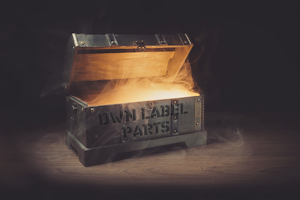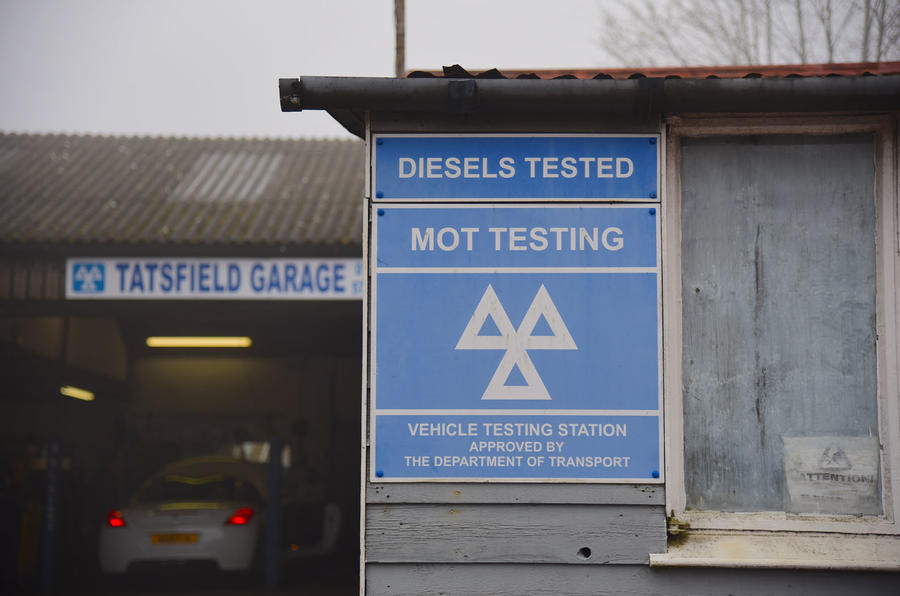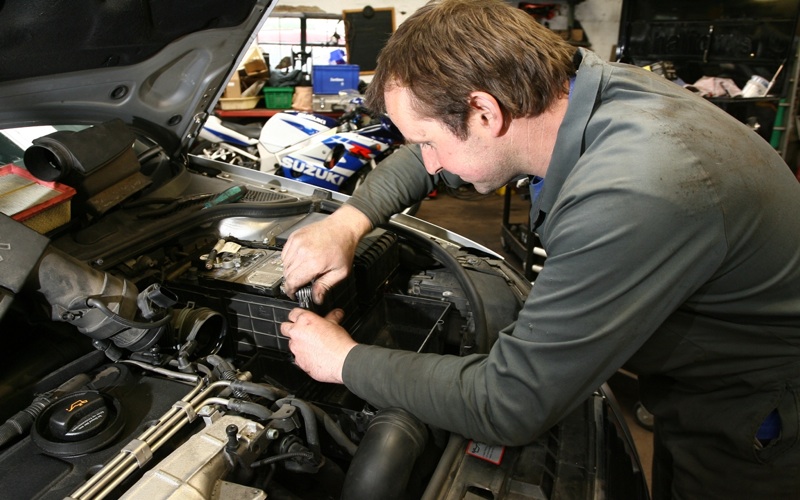Could the last big taboo in the aftermarket land suppliers or retailers in legal trouble?

The act of putting one product in the carton of another is something that we all know happens throughout the aftermarket at all levels. There’s one product in particular that we know is packed in the UK in a dozen or more brand images – and no doubt there are others.
However, times are changing ever higher up the list of boardroom priorities for businesses across multiple sectors. Increased media attention on product safety incidents brings the potential for a badly managed crisis to kill off a brand entirely. Growing consumer awareness is translating into more civil claims and ever closer scrutiny by regulatory authorities in the wake of scandals such as ‘dieselgate’ and Grenfell Tower is partnered by dizzying fines where serious failings are identified.
In the light of all this it is critically important that all businesses involved in product supply chains understand their responsibilities and manage risk, regardless of where they stand in the product journey from factory to end user.
It’s interesting that retailers and others in the supply chain who do not actually make a product often regard themselves as immune from these issues and assume that their suppliers will be the target of claims or regulatory scrutiny if things go wrong. Unfortunately this is not often a safe assumption: many regulatory regimes place responsibilities not only on the manufacturer, but also on others in the supply chain, particularly (but not exclusively) those who place their brand on the product.
UNFIT FOR PURPOSE
The act of placing an unsafe consumer product on the market is an offence, regardless of whether or not a producer knew about a potential safety defect, and there is a requirement to notify the regulatory authorities promptly where a producer becomes aware that a product he has placed on the market – or supplied poses – risks to a consumer that are incompatible with the general safety requirement under the GPSR.
Many other regulations also extend obligations to businesses placing their own brand on products – including, amongst others, the Construction Products Regulations 2013, and the Electrical Equipment (Safety) Regulations 2016 – the latter imposing on manufacturers requirements regarding regulatory conformance and an obligation to take action in cases of non-conformity and notify authorities where there is a risk, with the definition of ‘manufacturer’ . [See panel for more detail].
Any business supplying articles for use at work will also be caught by the requirement under Section 6 of the Health and Safety at Work Act 1974 (‘HSWA’) to ensure that the article is designed and constructed that it will be safe and without risks to health at all times when being used by a person at work. Fines for breaches of the HSWA have recently been scaled up dramatically.
CIVIL LIABILITY
In addition to the regulatory regime, those placing their brand on products are potential targets of civil claims for damages under the Consumer Protection Act 1987 which implements the Product Liability Directive in the event of an injury or damage to personal property caused by a defect. For these purposes, a defective product is one which fails to meet the standards of safety which users are generally entitled to expect. Crucially, a failure to warn of non-obvious risks or the provision of inadequate instructions can render a product just as defective in the eyes of the law as a situation where a safety risk is presented by a design or manufacturing defect.
Liability for claims of this type is strict, meaning that no fault on the part of the own-brander is required for liability to arise. In practice, a potential claimant looking to recover damages following an injury is much more likely to target the business which placed its brand on the product than trouble itself with identifying the underlying manufacturer or component supplier. It is left to the business whose brand is applied to recover damages paid out through strict liability claims through its contracts with suppliers (assuming they don’t exclude the right to do so).
Potentially, resellers and distributors who deal directly with consumers could face further claims under the Consumer Rights Act 2015 (CRA). The CRA has the effect of implying terms into an agreement in favour of a consumer, meaning, for example, that goods sold must be fit for purpose and of satisfactory quality. These terms cannot be excluded. Under the CRA, a consumer can enforce these terms and subsequently is provided a series of remedies, including the right to reject, or the right to have goods repaired or replaced.
Resellers and distributors could also be hit with claims in negligence when failing to exercise reasonable care and skill in the course of their business. Claims in contract may also follow, although these will turn on the specific contractual terms in place in each circumstance.
MANAGING RISK
It’s clear that there are numerous routes by which businesses branding products as their own may expose themselves to regulatory investigation and prosecution of civil claims.
It is essential that any business in this position addresses its mind to the management of these risks. There are a number of practical steps that businesses can take.
Firstly, steps should be taken to ensure that allocation of risk is given proper consideration when entering into agreements with manufacturers. This may allow the business to pursue the manufacturer through a contractual claim. Particular attention should be paid to warranties and indemnities, and to the responsibility for different aspects of the product specification.
Next, audit rights should be included in supply agreements so that the retailer (own brander) has a means of verifying the quality and robustness of manufacturing and design processes, for example by inspecting manufacturing processes or by paper-based audit.
Traceability is crucial, in terms of managing product safety crises. By pinning down manufacturing dates/times/batch numbers, the scale of any recall is reduced and affected products can be recovered quickly.
Lastly, the potential for a product safety issue to cascade into a major reputational crisis is real in the age of globalised social media, and the speed with which events can move means that advance planning for such situations is crucial. Any business selling products under its own brand should prioritise the creation of a crisis management plan. This should address, amongst other matters, how communications with customers and regulators will be handled, management of press communications, risk assessment and decision making processes and logistical aspects of recovering and replacing affected product in the market.
There are a number of key issues that need management and it should be emphasised that the law in this area is highly specific to individual product types and sectors. Retailers and others considering own- branding are well advised to obtain guidance from specialists to understand the risks and ensure that they take appropriate steps to manage them.
Those importing products into the EU should be particularly alert to the fact that, even if their branding is not applied, they may be treated as a producer and assume responsibilities and liabilities as a first importer.
The commercial benefits of own-branding are often compelling, but businesses entering this area should do so with their eyes open, understanding that by placing their name on a product they may be substantially increasing the legal and reputational risks which they bear.
YOUR NAME, YOUR RISK
Let’s take an example. Most products intended for or likely to be used by consumers (i.e. including those which might be targeted primarily at professionals but which consumers may buy too) fall within the scope of the General Product Safety Regulations 2005 (GPSR) which implements the EU General Product Safety Directive. These regulations place a strict and onerous obligation on ‘producers’ to ensure that the product is ‘safe’ – meaning that under normal or reasonably foreseeable conditions of use it presents either no risk or only the minimum risk compatible with the product’s use.
Critically, For the purposes of the GPSR, a producer is any person who manufactures a product, or a person who presents himself as the manufacturer “by affixing to the product his name, trademark or other distinctive mark”. This distinction means the obligations placed on producers are also applicable to retailers, merchants and distributors in circumstances where they place their own brand on the product.
From the perspective of consumers and regulators, of course, this makes perfect sense: if a business sells a product as its own, it should be seen to be taking responsibility for the safety of that product. However the rule continues to catch out businesses who are attracted to the idea of a product being associated with their brand, but do not appreciate the responsibilities which come with such a move. The effect of this is that retailers and merchants applying their own brand to products need to ensure that they can be satisfied with the safety of those products. This means not only that they are designed and manufactured in accordance with technical requirements and industry standards, but also, for example, that adequate warnings and instructions for use are provided.












Go to comments